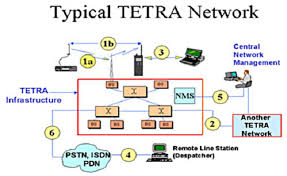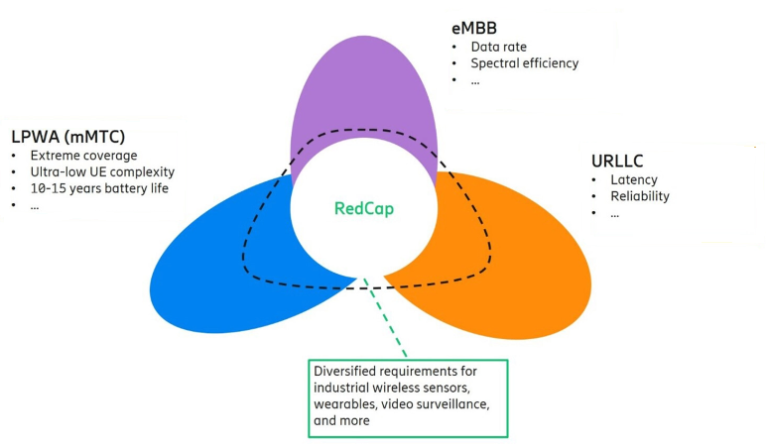TETRA System Tutorial: Mobile Wireless Communication Training
telcomatraining.com – In today’s fast-paced world, reliable and secure communication is crucial, especially for emergency services, public safety, and critical infrastructure. The TETRA (Terrestrial Trunked Radio) system has become a cornerstone technology for mobile wireless communication, offering enhanced security, flexibility, and efficiency over traditional radio networks. This tutorial aims to provide a clear, beginner-friendly guide to understanding TETRA systems and how to effectively train for its operation.
What is the TETRA System?
TETRA is a professional mobile radio standard developed to meet the communication needs of emergency services, utilities, transport, and other sectors requiring dependable and secure communication. Unlike conventional analog radios, TETRA uses digital trunked radio technology, enabling multiple users to share a set of frequencies dynamically. This approach maximizes spectrum efficiency and offers superior voice quality and data transmission.
Why Choose TETRA for Mobile Wireless Communication?
The TETRA system stands out for several reasons:
- Security: It employs strong encryption to protect sensitive communications.
- Group Communication: Users can communicate instantly in groups, ideal for coordinated operations.
- Data and Voice Integration: Supports simultaneous voice and data services.
- Robustness: Designed for reliable performance in harsh environments.
- Scalability: Easily expands from small local networks to nationwide systems.
Components of a TETRA System
Understanding the components of a TETRA system is fundamental in training:
- Mobile Stations (Radios): Handheld or vehicle-mounted devices used by field personnel.
- Base Stations: Transmit and receive signals between mobile radios and the network.
- Switching and Management Infrastructure: Controls call setup, routing, and resource allocation.
- Dispatch Consoles: Centralized control for operators managing communications.
Basics of TETRA Operation
TETRA uses time-division multiple access (TDMA) technology, which splits a frequency channel into multiple time slots, allowing several conversations simultaneously. This means more users can operate without interference, ensuring clear communication during critical moments.
Training covers how to:
- Turn on and configure radios.
- Initiate group or individual calls.
- Use emergency and priority call features.
- Understand signal indicators and battery management.
Mobile Wireless Communication Training Focus
Training programs designed around TETRA focus on both theoretical knowledge and practical skills. Key learning outcomes include:
- Familiarity with the TETRA network architecture.
- Mastery of radio operation and troubleshooting.
- Efficient communication protocols during emergencies.
- Understanding encryption and security measures.
- Use of software tools for network management.
Hands-on exercises often simulate real-life scenarios, such as coordinating rescue teams or managing large public events, to build confidence and proficiency.
Benefits of Structured TETRA Training
Proper training ensures that users can maximize the benefits of the TETRA system. It minimizes communication errors, reduces downtime, and improves overall operational safety. Organizations investing in TETRA training gain a workforce capable of handling complex communication challenges with agility and professionalism.
Conclusion
The TETRA system represents a vital advancement in mobile wireless communication, especially for sectors that rely heavily on secure and efficient radio networks. Through comprehensive training programs, users gain the knowledge and skills necessary to operate TETRA radios effectively and maintain seamless communication in critical situations. Whether you are a beginner or upgrading your communication skills, a TETRA system tutorial is a valuable step toward mastering mobile wireless technology.







